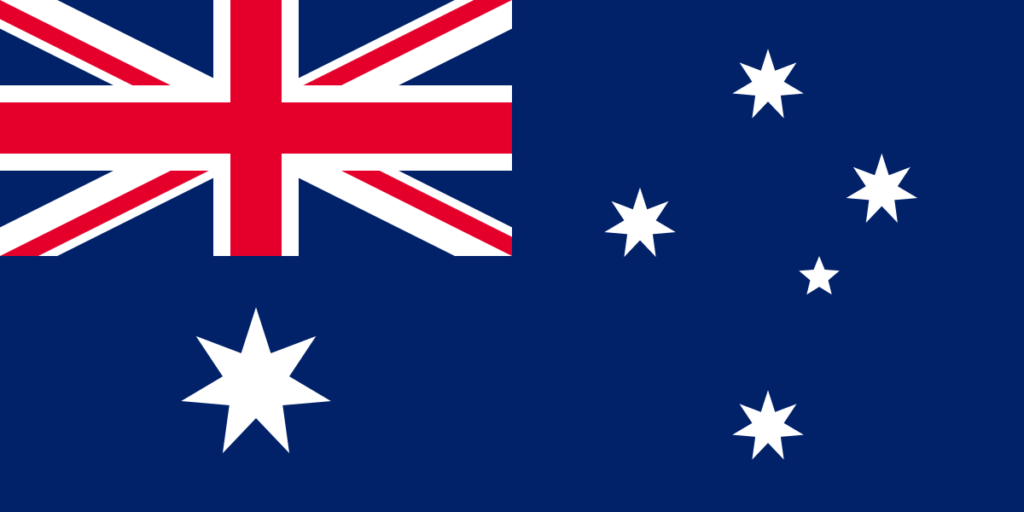
Destination Australia
The Australian Burau of Statistics (ABS) released on 28 April 2020 mentioned that for the year ending 30 June 2019:
There were over 7.5 million migrants living in Australia.
29.7% of Australia’s population were born overseas.
Australia’s population increased by 239,600 people due to net overseas migration.
The statistics figure mentioned that
Out of a population of approximately 26 million 17,836,000 are Australian born while 7,529,570 are overseas born. In 2019, there were over 7.5 million migrants living in Australia. This was 29.7% of the population that were born overseas. One year earlier, in 2018, there were 7.3 million people born overseas. The figure mentioned that
- England (986,000) continues to be the largest group of overseas-born living in Australia. However, this has dropped from just over a million recorded between 2012 and 2016
- China (677,000) remained in second place from 2017 with strong growth since 2002
- India (660,000) with strong growth remained in third place with an extra 68,000 people
- Sri Lanka (140,000) continued to increase and is now in tenth place, dropping Scotland (134,000) to eleventh place
- Australian born (17.8 million) increased 186,000 during the year.
Australia was one of the early affected countries as it was the major destination countries for Chinese immigrant during January 2020. Though Australia has relatively low COVID-19 cases with only 27,261 cases as of 11 October 2020 and 898 deaths, it has still restricted the immigration as a measure to curb the Pandemic. Various sources mentioned that Australia’s international travel ban likely to remain until late 2021. With the exception of travel to few COVID-free countries, overseas trips may be off the agenda until this time next year i.e end of 2021.
The Australian Government Home Affairs report published in 2019 mentioned that in 2018–19, there were 42,012 Employer Sponsored places delivered, an increase of 18.3 per cent on the 35,528 places delivered in 2017–18. Nationals of the top three countries accounted for 42.8 per cent of Employer Sponsored places in 2018–19, namely: 1. United Kingdom—7256 places (17.3 per cent) 2. India—7224 places (17.2 per cent) 3. Philippines—3484 places (8.3 per cent).
South Asia was dominating the number with most of the growth in Employer Sponsored visas in 2018–19, was due to nationals of India—up 2076 places (40.3 per cent) on the 5148 places in 2017–18 and Nepal—up 548 places (73.3 per cent) on the 748 places in 2017–18.
South Asia Post COVID-19
South Asian countries have been the major supplier of human resource to many countries. International migration worked as a major safety valve to curb rising unemployment, help in poverty eradication and serve as a great source of remittances.
Australia has been a major destination for Asian countries in general and South Asian countries in particular in recent times. India, Sri Lanka, and Nepal have been increasingly sending their human resource to Australia. With the Visa ban, there will be a difficult time ahead for both sending and receiving countries.
TMN
